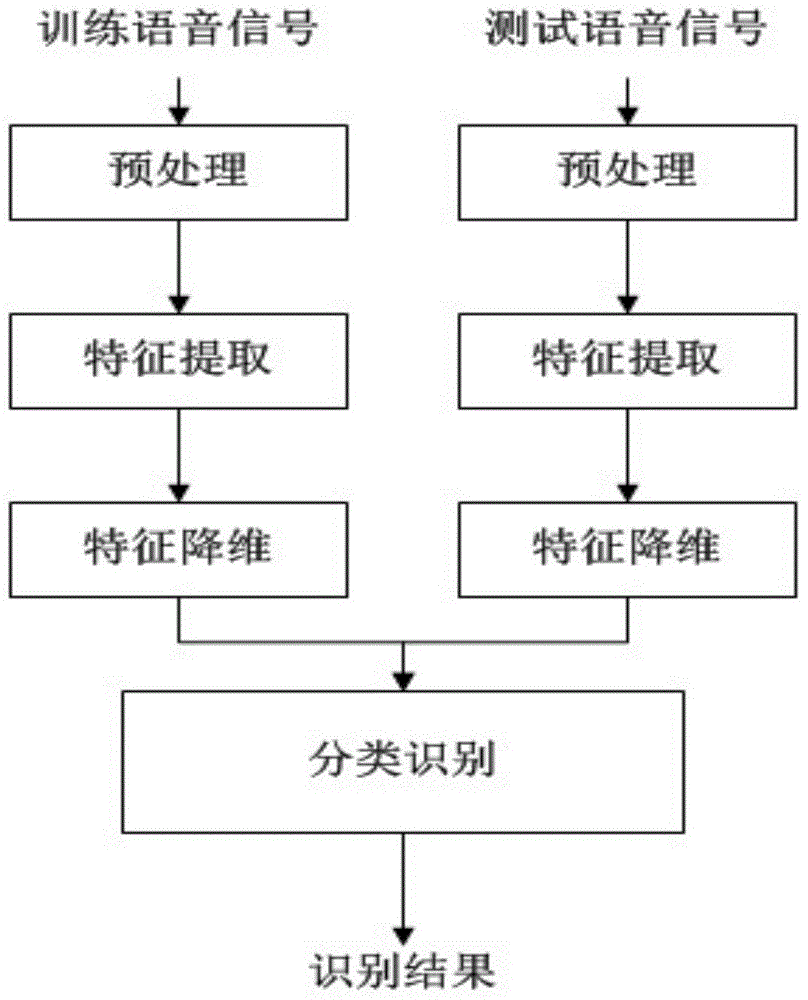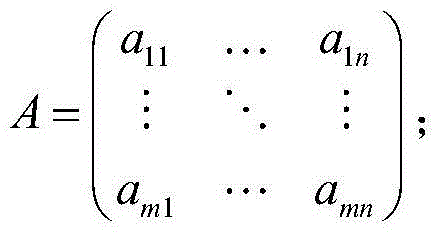Speech emotion recognition method based on fuzzy support vector machine
A fuzzy support vector, speech emotion recognition technology, applied in speech recognition, speech analysis, instruments, etc., can solve the problem of information affecting the recognition effect, etc., to achieve high recognition rate, good effect, and reduce noise or isolated points.
- Summary
- Abstract
- Description
- Claims
- Application Information
AI Technical Summary
Problems solved by technology
Method used
Image
Examples
Embodiment
[0030] In this example, based on the Berlin Speech Emotion Database (Emo-DB), four types of emotions: happy, angry, sad, and calm are selected for speech emotion recognition. The emotional speech is divided into two groups, one group is used as the training sample for classification, and the other is the test sample for recognition .
[0031] Such as figure 1 As shown, this example includes the following steps:
[0032] S1: Pretreatment
[0033] Pre-processing includes pre-emphasis filtering and windowing and framing.
[0034] Pre-emphasis filter processing: The purpose of pre-emphasis is to flatten the frequency spectrum of the signal, maintain the entire frequency band from low frequency to high frequency, and use the same signal-to-noise ratio to find the frequency spectrum, so as to facilitate spectrum analysis or channel parameter analysis. Pre-emphasis generally uses a first-order digital filter H(z) = 1-αz -1 , Where α is the pre-emphasis coefficient, in this example α is 0....
PUM
 Login to View More
Login to View More Abstract
Description
Claims
Application Information
 Login to View More
Login to View More - R&D
- Intellectual Property
- Life Sciences
- Materials
- Tech Scout
- Unparalleled Data Quality
- Higher Quality Content
- 60% Fewer Hallucinations
Browse by: Latest US Patents, China's latest patents, Technical Efficacy Thesaurus, Application Domain, Technology Topic, Popular Technical Reports.
© 2025 PatSnap. All rights reserved.Legal|Privacy policy|Modern Slavery Act Transparency Statement|Sitemap|About US| Contact US: help@patsnap.com



